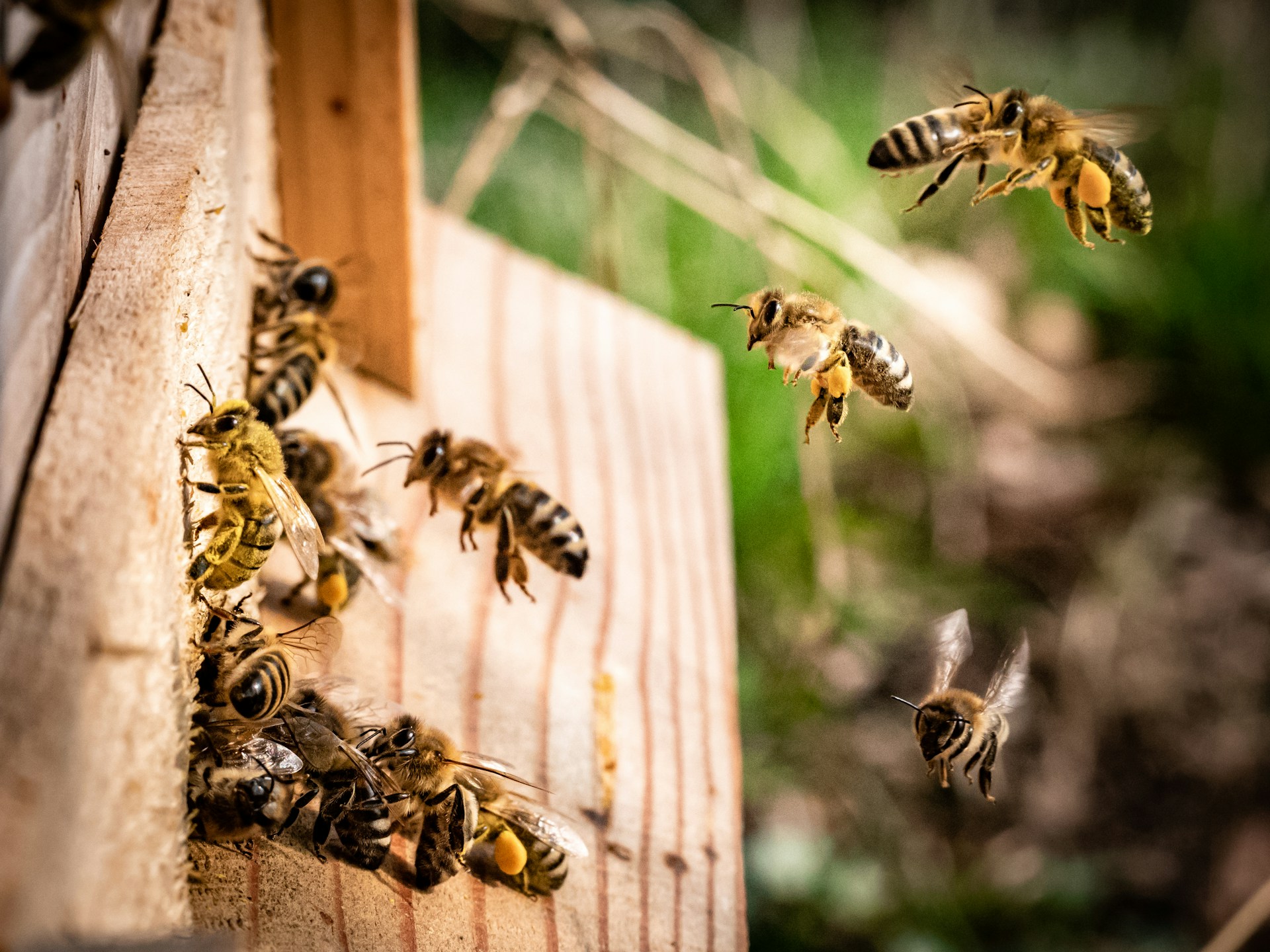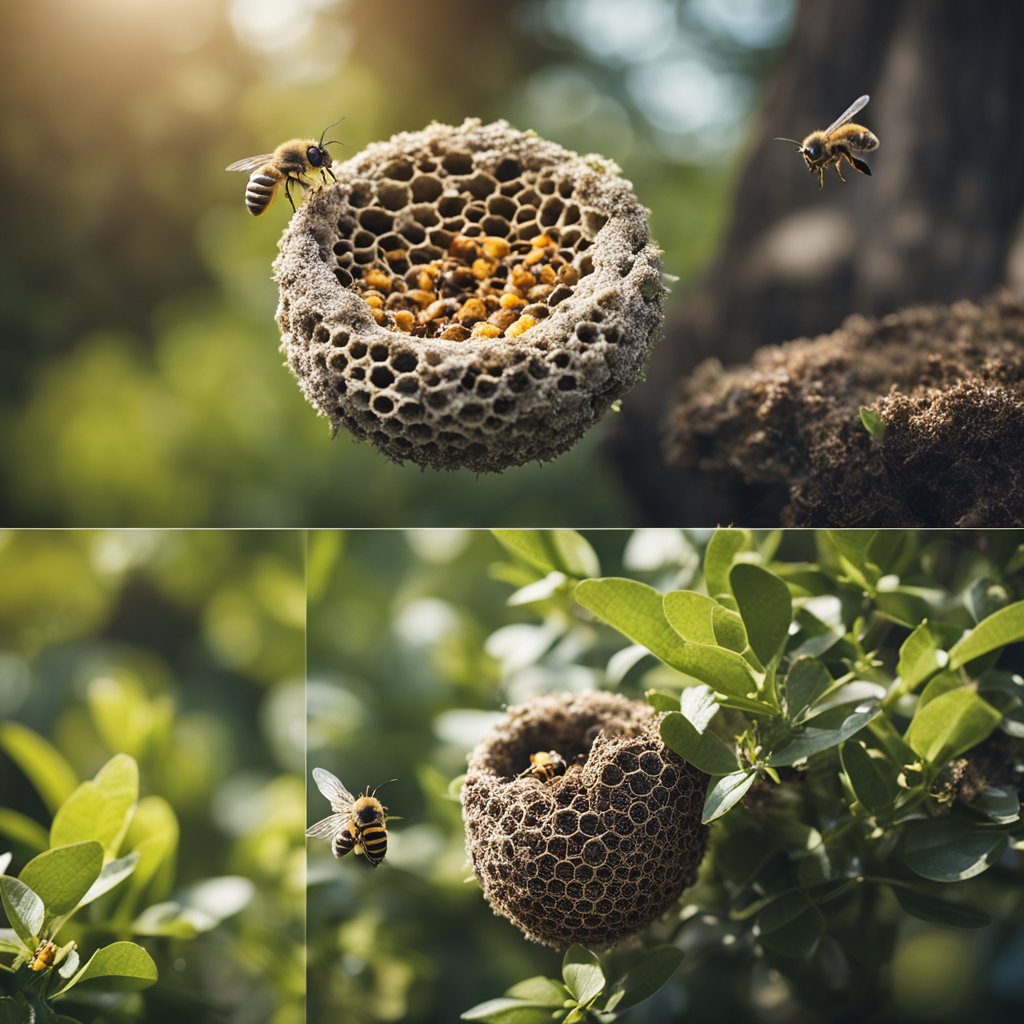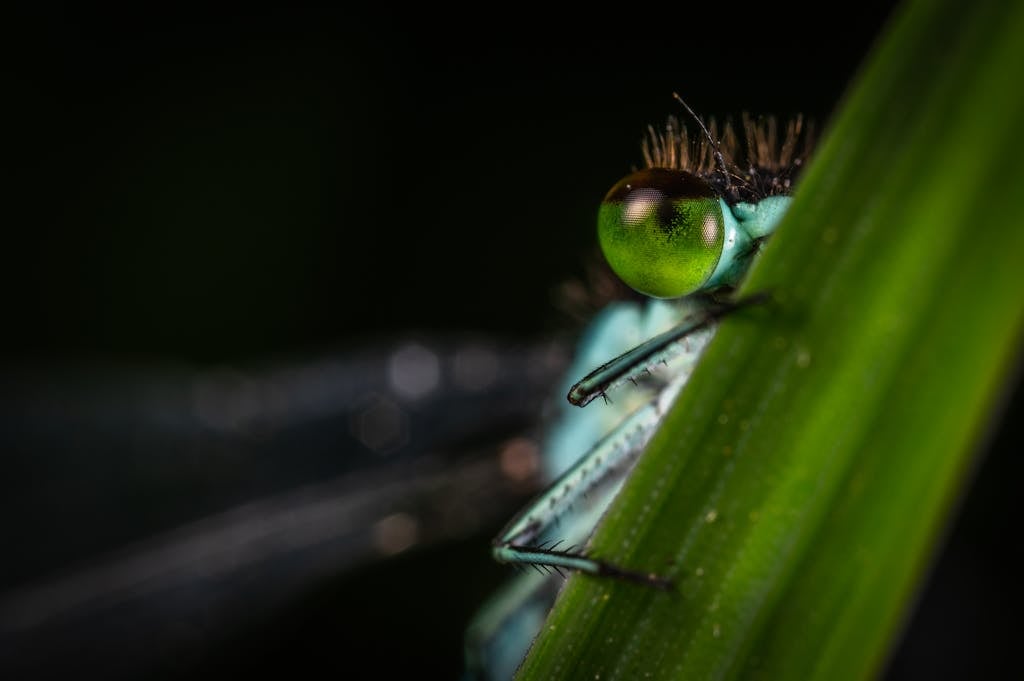
Bees are typically recognized by their distinctive yellow and black stripes; however, not all bees adhere to this color pattern. Among the diversity of bee species, some are characterized by black and white coloration. Identifying these bees requires an understanding of their unique anatomy and distinguishing features. While less common than their yellow counterparts, black and white bee species are found in various environments and serve crucial roles in their ecosystems.
The differences between solitary and social bees are significant when discussing black and white species. Solitary bees tend to be more varied in appearance, which includes a range of color patterns, whereas social bees, such as honeybees and bumblebees, tend to have more uniformity within their colonies. When attempting to identify a black and white bee, observing the bee’s behavior and habitat can be as telling as examining its physical features. These bees contribute to their environments through pollination, and thorough identification helps in understanding their impact and promoting their conservation.
Key Takeaways
- Black and white bees exist among the diverse species, with unique identification traits.
- Behavior and habitat observations are critical for accurate bee identification.
- These bees have a significant environmental impact through their role in pollination.
Black and White Bee Species
Certain bee species exhibit striking black and white colorations. These bees are important pollinators in their ecosystems.
Ashy Mining Bee
The Ashy Mining Bee (Andrena cineraria) can be identified by its distinctive black and white body. Its thorax is clothed in white hairs, while the abdomen shows stark black and white bands. They are solitary bees and play a crucial role as pollinators in their native habitats across Europe.
Bellflower Resin Bee
Megachile albisecta, commonly known as the Bellflower Resin Bee, displays a black body with white cuticular patches. Native to North America, this species often nests in the bellflower plant, conveniently contributing to the plant’s pollination in the process.
Hairy-Footed Flower Bee
Notable for its contrasting colors, the Hairy-Footed Flower Bee (Anthophora plumipes) shows variation, with males typically exhibiting more pronounced white and yellow facial hair against a black background. These bees are known for their rapid flight and are widespread in gardens and open woodland areas.
Anatomy and Identification

In the exploration of black and white bees, it is crucial to observe their distinct physical characteristics for proper identification. These bees exhibit unique color patterns and body structures that aid in their classification.
Physical Characteristics
Black and white bees are recognized by several key features. Their body size can vary, but they typically range from small to medium. The thorax and abdomen often display contrasting black and white stripes or spots. Their head may have a white face or white markings, which is particularly noticeable in certain species. The antennae are usually black, assisting in sensory functions. A notable trait of some bees is a predominantly black body with white patterns which help them stand out in their environment. Furthermore, many species possess pollen baskets on their hind legs, which may also have white hairs.
- Size: Small to medium
- Thorax: Black and white striped or spotted
- Abdomen: Black and white patterned
- Head: White face or markings
- Antennae: Typically black
- Black Body: Predominant feature in some species
- Pollen Baskets: Present with white hairs on hind legs (in some species)
Bee Identification Tips
When seeking to identify a black and white bee, one should observe the individual bee’s unique markings. The pattern of the stripes or spots plays a crucial role in distinguishing between different species. Identification begins with size assessment, followed by a close look at the stripes on the thorax and abdomen. A bee’s antennae length and the presence of pollen baskets can also provide valuable information. Characteristics such as a white face or specific white patterns on the head are important identifiers. A clear and detailed observation of these markers is the foundation for accurate identification.
- Assess Size: Compare with common species
- Examine Stripes/Spots: Look at the thorax and abdomen patterns
- Check Antennae: Note length and color
- Look for Pollen Baskets: Visible on hind legs in some bees
- Observe Head Patterns: Identify white markings on the face and head
Behavior and Habitat
The behavior of bees spans from highly social to solitary, and their habitats can range from meticulously tended gardens to undisturbed wild areas.
Social vs. Solitary Behavior
Some black and white bee species, such as bumblebees, exhibit social behaviors, living in colonies that work together for the survival of the group. They communicate with one another to efficiently achieve tasks like foraging for pollen and nectar from flowers. In contrast, species like the mason bee are solitary pollinators, typically taking up residence alone in pre-existing cavities or soft mortar.
- Bumblebee: Social | Mason Bee: Solitary
Habitat Preference
Bees’ housing choices vary greatly depending on their social structure. Social bees like bumblebees prefer forming colonies in ground cavities, using fluffy materials to pad their nests. These bees are often found in more rural areas but can adapt to urban gardens where native plants are available. Solitary bees, including the black wasp and mason bee, opt for individual nests and can be seen in urban areas where they might find drilled holes in wood or reeds to lay eggs. They are important pollinators for garden plants and show less aggressive behavior as they have no colony to defend.
- Bumblebee Habitat: Ground, Rural & Urban Gardens, Colonies
- Mason Bee/Black Wasp Habitat: Individual Nests, Urban Areas, Solitary
Environmental Impact
Black and white bees, such as certain bumble bee species, play a crucial role in the environment, particularly through their actions as pollinators in ecosystems. Their impact stretches from the proliferation of flowering plants to the sustenance of gardens.
Pollination and Ecosystems
Bumble bees (Bombus species) are a group of black and white bees known for their effective pollination. They are considered keystone pollinators because they contribute significantly to the pollination of native and commercial flowering plants. This process is vital for plant reproduction and the production of seeds and fruits.
Pollination Activity: Bumble bees forage for pollen and nectar, which they carry back to their nests to feed their larvae. During this process, they inadvertently transfer pollen from one flower to another, fertilizing the plants.
Flowering Plants: Many plants rely on bumble bees to achieve pollination. Without these pollinators, plants such as native flowers and crops in gardens would struggle to reproduce.
Ecosystems: These bees are part of a larger community of beneficial insects that sustain healthy ecosystems. Other native bees, including mason bees, join bumblebees and honeybees in this important work.
Species Diversity: Black and white bees help maintain species diversity within ecosystems by ensuring a wide range of plants can thrive and reproduce.
Gardens and Agriculture: Beyond wild ecosystems, black and white bumble bees are also invaluable in managing the health of gardens and agriculture by pollinating a multitude of flowering plants.
Being able to identify these bees is the first step towards understanding and supporting their role as pollinators. Conservation efforts often focus on preserving the habitat of black and white bees to maintain the health of native ecosystems.




